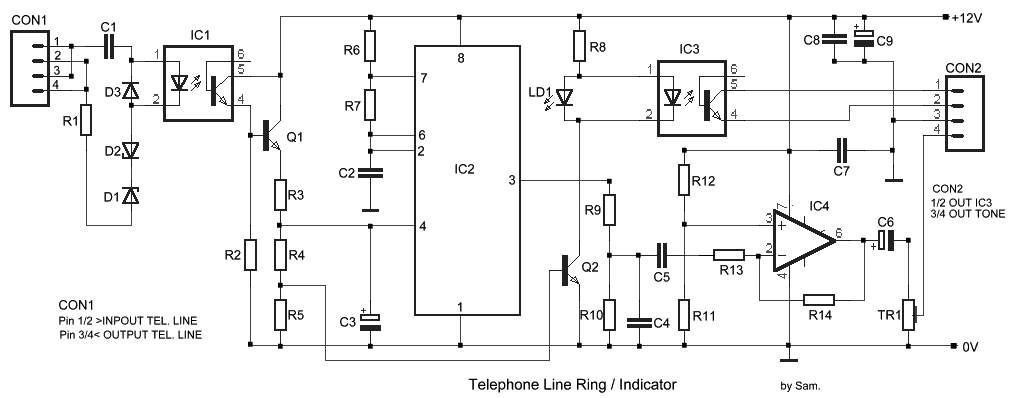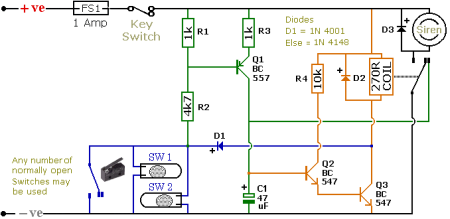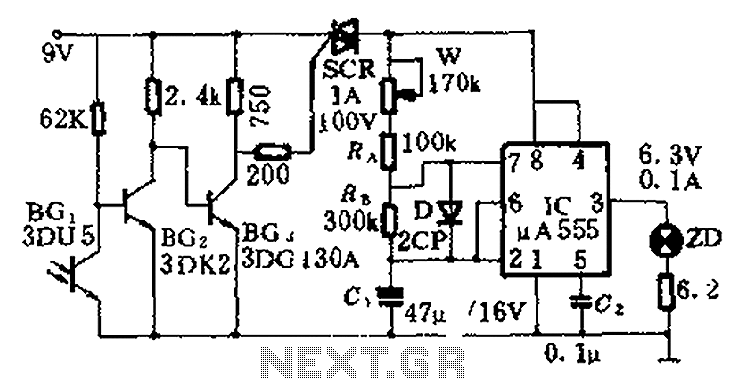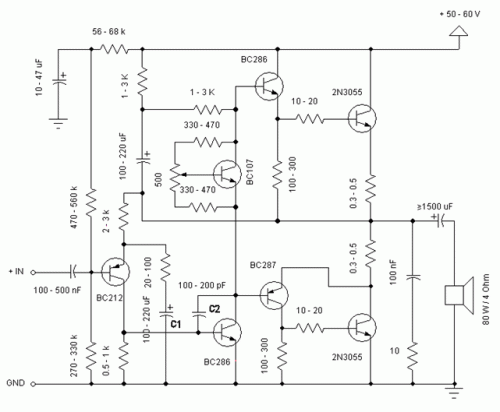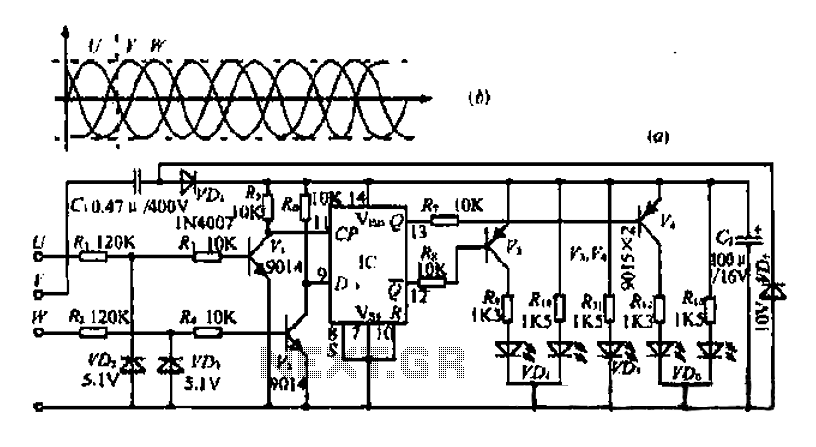
Vehicle Anti-Hijack Alarm No3 circuit
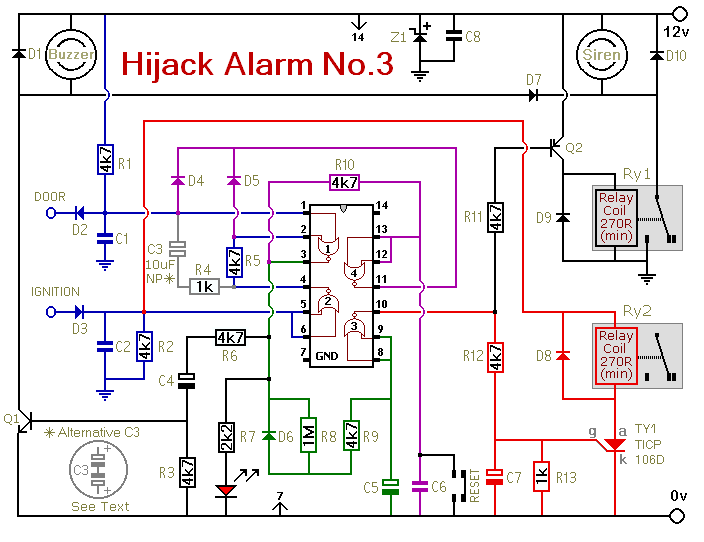
Similar to the initial two Hijack Alarms, this circuit is designed to activate if a door is opened while the ignition is switched on. After a delay of several minutes, allowing the thief to move a safe distance away, the siren will sound. However, unlike the previous models, the engine does not shut off automatically. Instead, it remains operational until the thief turns off the ignition. Once the ignition is turned off, the engine will not restart.
The described circuit functions as an advanced hijack alarm system, integrating both security and operational features to deter theft. The primary components of this system include a door switch, ignition switch, timer, siren, and the vehicle's engine control unit (ECU).
When the door switch is triggered while the ignition is on, it sends a signal to the timer circuit. The timer is programmed to initiate a delay—typically a few minutes. During this period, the system remains in a standby mode, monitoring for any further unauthorized access. If the vehicle is tampered with, the timer elapses, and the siren is activated, emitting a loud alarm to attract attention and deter the thief.
A critical distinction from earlier models is the engine's continuous operation. The circuit is designed to keep the engine running, preventing it from shutting down automatically. This feature is particularly advantageous, as it allows the vehicle to remain in motion, potentially aiding in the recovery of the stolen vehicle. The thief may find it challenging to navigate without turning off the ignition, as the system prevents any restart after the ignition is turned off.
The circuit design must ensure that the ignition switch is adequately integrated with the alarm system, allowing for seamless operation. Additionally, the siren must be selected based on its loudness and reliability in various environmental conditions.
In summary, this advanced hijack alarm system combines a delayed response mechanism with continuous engine operation to enhance vehicle security while providing a robust deterrent against theft. The careful integration of components ensures reliable performance under various conditions, making it an effective solution for vehicle protection.Like the first two Hijack Alarms - if a door is opened while the ignition is switched on - the circuit will trip. And after a few minutes delay - when the thief is at a safe distance - the Siren will sound. But this time the engine does not go on to fail automatically. Instead - it will continue to run until the thief turns off the ignition. Then the engine will not re-start.. 🔗 External reference
The described circuit functions as an advanced hijack alarm system, integrating both security and operational features to deter theft. The primary components of this system include a door switch, ignition switch, timer, siren, and the vehicle's engine control unit (ECU).
When the door switch is triggered while the ignition is on, it sends a signal to the timer circuit. The timer is programmed to initiate a delay—typically a few minutes. During this period, the system remains in a standby mode, monitoring for any further unauthorized access. If the vehicle is tampered with, the timer elapses, and the siren is activated, emitting a loud alarm to attract attention and deter the thief.
A critical distinction from earlier models is the engine's continuous operation. The circuit is designed to keep the engine running, preventing it from shutting down automatically. This feature is particularly advantageous, as it allows the vehicle to remain in motion, potentially aiding in the recovery of the stolen vehicle. The thief may find it challenging to navigate without turning off the ignition, as the system prevents any restart after the ignition is turned off.
The circuit design must ensure that the ignition switch is adequately integrated with the alarm system, allowing for seamless operation. Additionally, the siren must be selected based on its loudness and reliability in various environmental conditions.
In summary, this advanced hijack alarm system combines a delayed response mechanism with continuous engine operation to enhance vehicle security while providing a robust deterrent against theft. The careful integration of components ensures reliable performance under various conditions, making it an effective solution for vehicle protection.Like the first two Hijack Alarms - if a door is opened while the ignition is switched on - the circuit will trip. And after a few minutes delay - when the thief is at a safe distance - the Siren will sound. But this time the engine does not go on to fail automatically. Instead - it will continue to run until the thief turns off the ignition. Then the engine will not re-start.. 🔗 External reference
